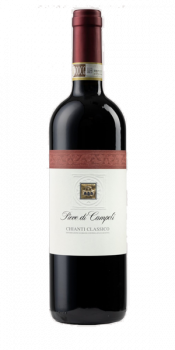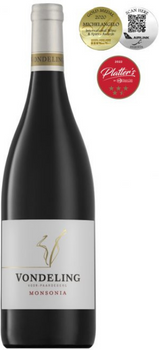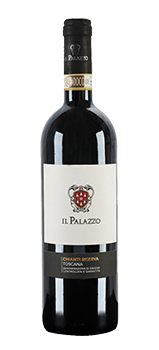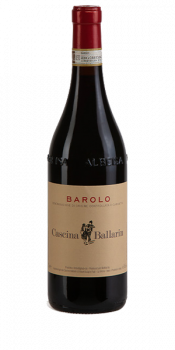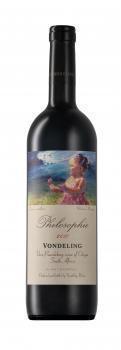Chianti Classico Pieve Di Campoli 2017
Wine facts | |
| Style | Dry medium bodied red. |
| Grape | 90% Sangiovese ,10% Canaiolo and Colorino |
| Country | Italy |
| Alcohol | 13.5%. |
| Food | A good wine for classic Italian cuisine, pasta and meat dishes. Great also with strong cheeses. |
| Vegan | Vegan Friendly. |
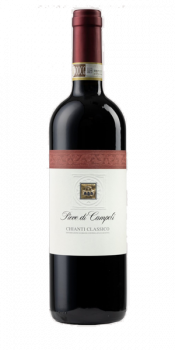
£24.75
Other Details
Central Italy is most widely associated with Sangiovese and the most famous wine made from it, Chianti. Chianti is made in Tuscany in the foothills of the Apennines between the cities of Pisa, Florence and Siena. Sangiovese is the dominant grape, but the wines are often blended with small amounts of other black grapes, both of French and Italian origin.
The Florentine Republic identified the hills between Florence and Siena as ‘Chianti’ in the fourteenth century. In the twentieth century the original zone, now referred to as the Classico, was expanded to include a huge area of central Tuscany and up to 30% of white grapes were allowed in the blend. At the same time the government financed large scale replantings of Tuscan vineyards, geared towards mass production. Even now, a high percentage of the vineyards in Chianti are the old style high production vineyards of the sixties, but it has undergone a more profound change in the last 20 years than practically any other wine in Italy. It started in 1984 when they were upgraded to DOCG, adjusting the blending formula and placing tighter restrictions on yield, and in 1995 it became legal to produce a Chianti with 100% Sangiovese. But the biggest change came in the vineyards, with a viticultural research project, called ‘Chianti Classico 2000’, to identify new clones with thicker skins and sparser bunches. Producers started to replant their vineyards more densely with these clones, to produce less but far greater quality grapes.
The wines today are world class, capturing the perfume of Sangiovese, but also its power, they are denser, darker and more age-worthy, but still angular and firm, bottles you can stick in your cellar rather than stick a candle in to.
Currently the Chianti DOCG zone takes in more than 42k acres, of which 17k are the original Classico. There are now seven sub-zones, Colli Aretini, Colli Fiorentini, Colli Senesi, Colli Pisane, Montalbano, Rufina and Montispertoli.Chianti Classico DOCG has its own DOCG and is not a sub-zone of Chianti DOCG. Its vineyards are at higher altitudes, slowing the ripening of Sangiovese, and resulting in wines with greater acidity and more herbal aromas. Chianti Classico wines must be aged for 12 months of which at least 3 months must be spent bottle ageing. Chianti Classicos labelled riserva must be aged for at least 24 months at the winery

